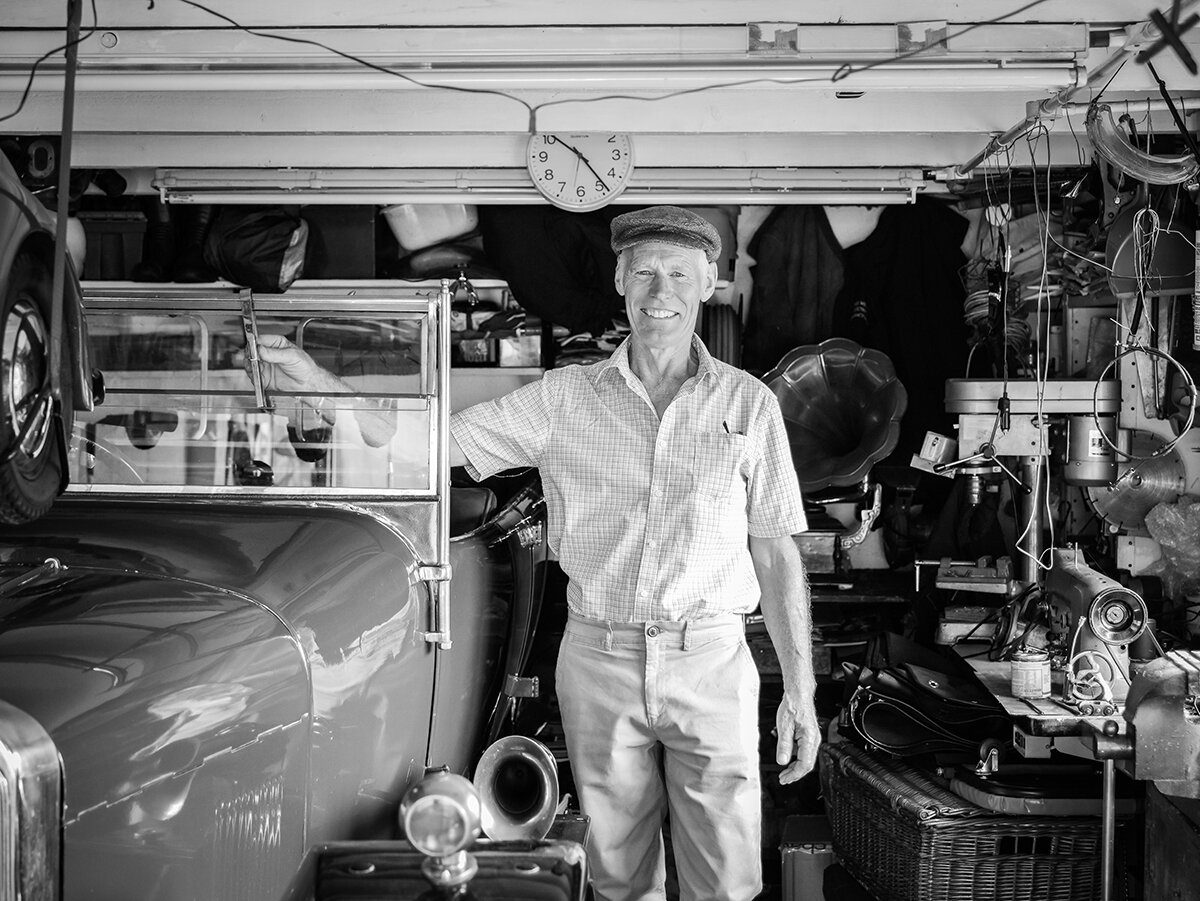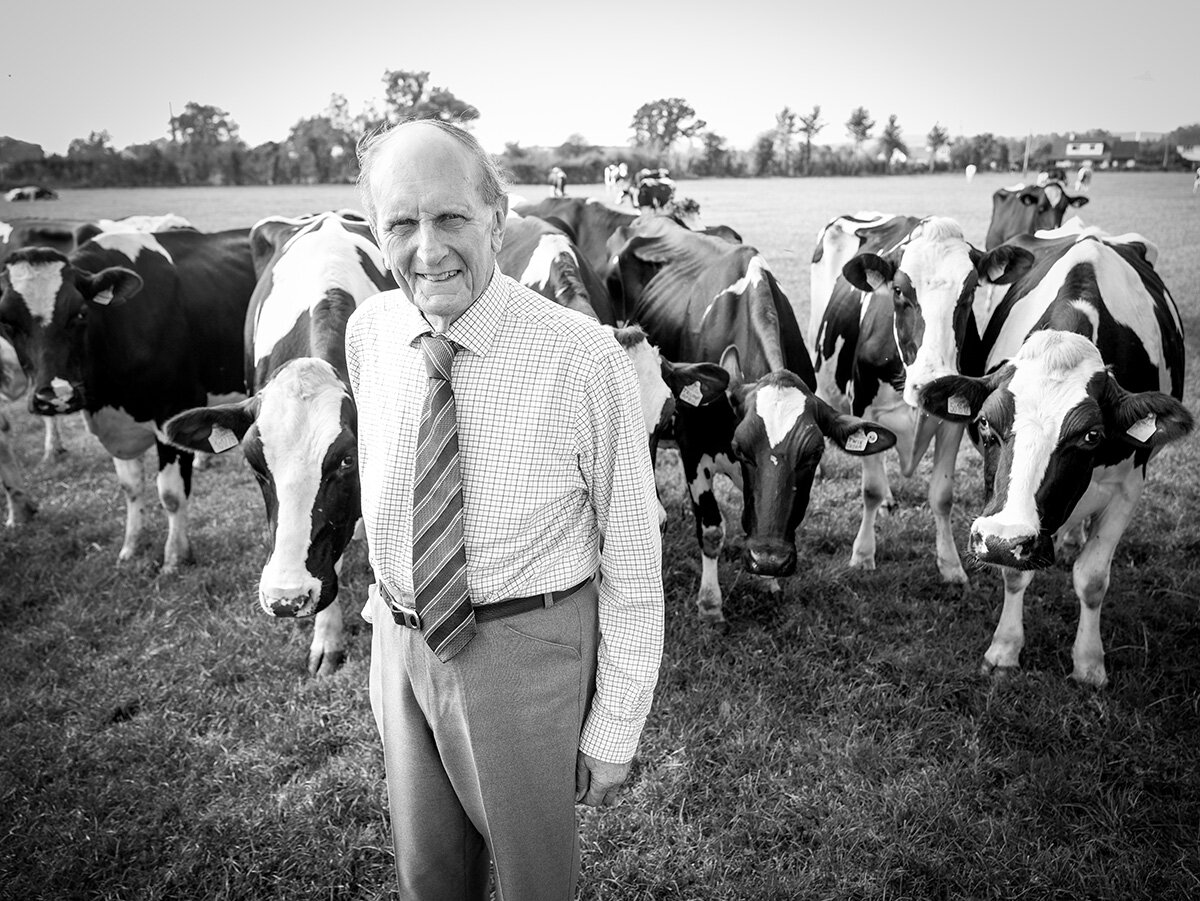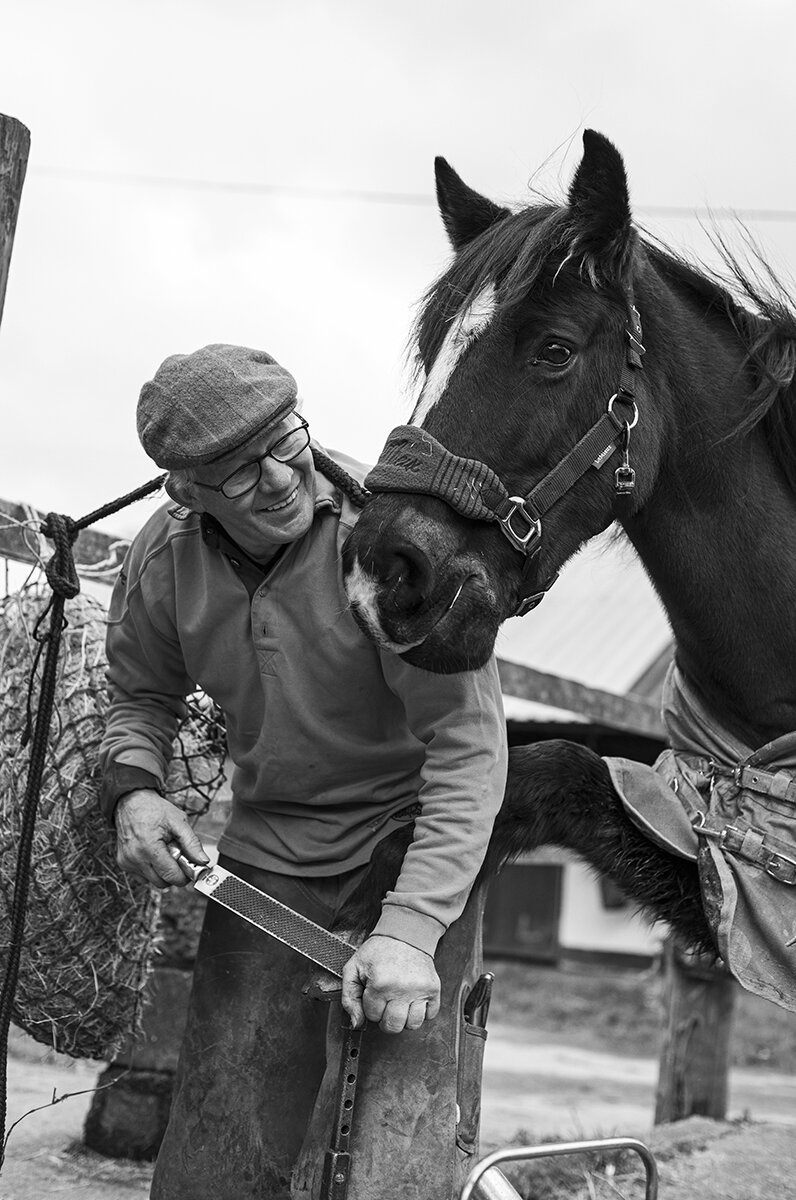- Martin Morgan, Black Rock Lave Net Heritage Fishery (Portskewett)
Martin Morgan (Nanette Hepburn)
Where Britain’s longest river, the Severn, meets the sea, there are four fisheries, explains life-long fisherman Martin Morgan: the Usk, Wye, Severn Estuary and Black Rock, site of the last seine and lave net fisheries.
These wild and dangerous waters have attracted some dedicated fisherman, Martin’s grandfather among them. Famed for his gull egg collecting exploits on Chepstow cliffs, fisherman ‘Nester’ William Morgan had a rivermark named after him. “Nester’s Rock is only about 18 inches high, but Nester was quite small!”
Then there were the two brothers who were carrying their father’s coffin to Portskewett church when a fish rose in a neighbouring salmon pool. “Bob looked at Pete, Pete looked at Bob. Then Pete ran back to the house, fetched his waders and net and picked the fish up!”
While fishing the estuary Martin has stumbled on ship wreck canon balls and mediaeval fishing baskets, known as kypes or putts, buried in the estuarine clay. He’s witnessed the last of the putchers, “conical willow and hazel baskets set facing the ebb tide for salmon,” the wreck of The John which ran aground on Gruggy Rocks in 1942 and more seals and porpoises that you can shake a net at.
▶ Read more about the lave net fishing at Black Rock…
Life on the Levels Interview:
Martin is from the Black Rock Lave Net Heritage Fishery Group. He talks about the history of Black Rock and its current difficulties.

























